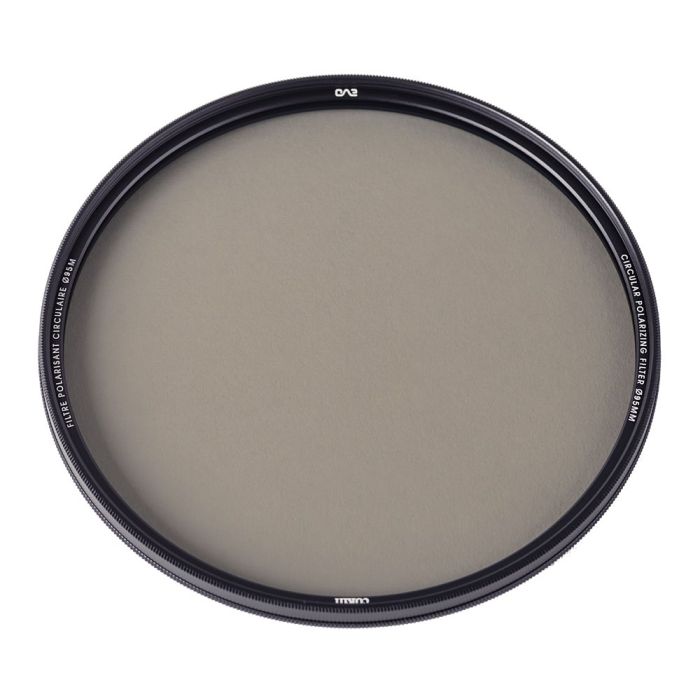
Cokin EVO Circular Polariser Filter 95mm (M-Size / P Series)
Highlights
- Filter Size: 95mm
Product code: 10475 (3611532101072)
Cokin EVO Circular Polariser Filter 95mm (M-Size / P Series)
£139.00
Sold Out
Click Here for more optionsNo used versions available
Product Details
- Round screw-in filter, designed to fit EVO filter holder
- Filter Material: Schott Optical Glass
- 16 layer multicoating
- High resolution and high light transmission
- Rotates 360°
Increases the colour saturation of blue skies, removes the unwanted reflections from non-metallic surfaces such as glass, water, etc... Use at a right angle (90°) between the shooting axis and the position of the sun and turn the filter in the holder to adjust the polarising effect.
What does a CIRCULAR POLARISER do?
The first thing people discover they can do with their CIRCULAR POLARISER is darken the sky to create more impact and make the clouds more dramatic. While this is useful, you have to be exactly 90 degrees from the sun in order for the effect to work evenly across the whole sky. You’ll see instances where only one corner of your sky is darkened when you’re positioned at a different angle.
The next thing people learn they can do is eliminate reflections on water. I shoot a lot of water and the impact of being able to see past the reflection showing the rocks and detail below cannot be replicated in post production. This is a great way to use your CIRCULAR POLARISER and I use it for this all the time.
What you didn’t know a CIRCULAR POLARISER can do
Now, lets talk about something most articles don’t teach you about CIRCULAR POLARISERs. Light reflects off of all sorts of surfaces. Everything from rocks to leaves. If white light is reflecting off of the fall leaves or cobble stones at a beach, the original colour of the object is getting drowned out with the reflection. This obviously hurts the colour saturation and while you can always try to get that back in post, it doesn’t have the same natural feel of getting the colour right off the leaves themselves. So use a CIRCULAR POLARISER for colour saturation.
Contrast is also compromised significantly. It’s common for an un-polarized image to have the shadows masked by reflections. This shifts the histogram towards the highlights. So by eliminating the reflections, more shadow detail is allowed to come through. This also relates to colour saturation. In order for colour to be rich and full of body, you need black. So use a CIRCULAR POLARISER for image contrast.
The last thing you can do with your CIRCULAR POLARISER that you never thought of was boosting reflections. Sometimes when I’m shooting a body of water, like a lake, I may not want to see through the surface. Sometimes the water is calm and I want to capture the sky’s reflection on the water. In one CIRCULAR POLARISER position, the reflection gets minimized allowing the light from the bottom of the lake to come through. In the other position, the opposite is true. The light from the bottom of the lake gets filtered which actually enhances the reflection. If the conditions are right, the water’s surface can turn into a perfect mirror which has tremendous impact on the viewer.
Product Reviews
Delivery Information










